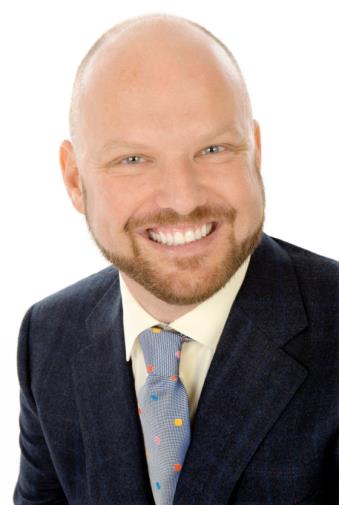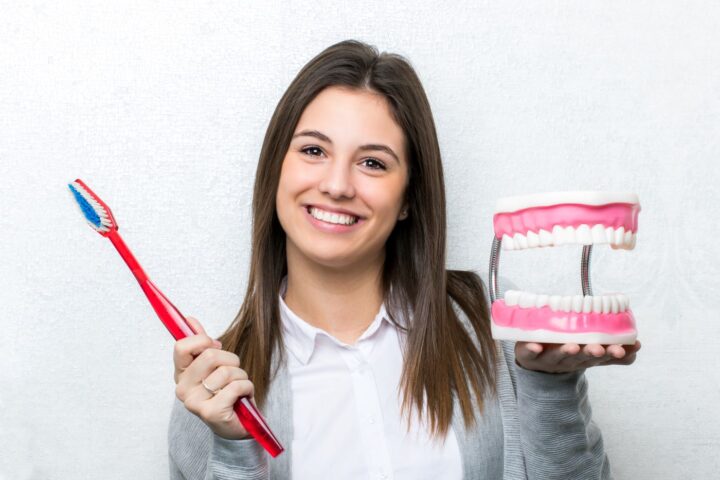Dieser Beitrag ist auch verfügbar auf:
English
Die wichtigsten Informationen zum Kurs "Einführung in die Kieferorthopädische Frühbehandlung mit transparenten Clear Alignern"
| Bezeichnung | Einführung in die Kieferorthopaedische Frühbehandlung mit transparenten Clear Alignern. |
| Modell | Diploma Kurs |
| Zielgruppe | Zahnärzte, Kieferorthopäden, Assistenzzahnärzte, Kinderzahnärzte |
| Sprache | Deutsch |
| Dauer | 12 Monate |
| Anzahl der Module | 5 |
| Aufbau | 4x 3 Tage |
| Kursorganisation | The Orthodontic Specialist Education Centre DTMD University |
| Kurszeiten | Donnerstag 09:00 - 17:00 Freitag 09:00- 17.00 Samstag 09:00 - 17:00 |
| Zulassungsvoraussetzungen | Zahnärztliche Approbation |
| Kursgebühren | 10.000 € + 3% (TVA) |
| Zahlungsmodalitäten | Einmalzahlung, fällig bei Buchung |
| Besonderheit | Der Zertifikatskurs für frühe interzeptive Kieferorthopädie mit Clear Aligners ist anrechenbar auf den Master (M.Sc.) Kieferorthopädie an der DTMD University (3 Basismodule). |
Damit unsere Kursabsolventen stets auf dem neuesten Stand bleiben, werden unsere Kurse kontinuierlich aktualisiert. Aus diesem Grund freuen wir uns, unseren Absolventen die Möglichkeit zu bieten, die Kursreihe zu einem ermäßigten Preis erneut zu absolvieren. Sie haben Interesse daran, Ihre Kenntnisse zu vertiefen und von diesem Angebot zu profitieren? Gerne können Sie sich per E-Mail an shop@dtmd.eu wenden.
Lehrinhalt
Einführung in die kieferorthopädische Frühbehandlung mit transparenten Clear Alignern (Phase 1, vom 5. bis zum 12. Lebensjahr).
Diese zweitägige Veranstaltung konzentriert sich auf die Behandlung von wachsenden Patienten im Alter von 5 bis 12 Jahren mit transparenten Alignern. Das erworbene Wissen stärkt die Fähigkeiten im Bereich der Frühbehandlung mit transparenten Alignern.
Kieferorthopädische Frühbehandlung – behandelte Schwerpunkte
- Einführung in die Diagnose und Behandlungsplanung für wachsende Patienten.
- Erklärung des digitalen Workflows und Möglichkeiten zur Nutzung von Künstlicher Intelligenz (KI) für optimale Ergebnisse.
- Bereitstellung wichtiger Informationen und Hilfsmittel zur Erstellung eines umfassenden Beratungsprotokolls, daher Förderung von Verständnis und die Akzeptanz der Behandlung durch die Eltern.
- Übersicht über die Behandlung wachsender Patienten unter einem ganzheitlichen Ansatz. Dieser berücksichtigt die Ursachen von Malokklusionen, einschließlich:
- Atmung
- Zungenposition
- Gewohnheiten
- Funktion
- Überblick über die Diagnose und Behandlung verschiedener Malokklusionen:
- Klasse 1
- Leeway Space (Stützzone)
- Klasse 2
- Klasse 3
- Kreuzbiss
- Case Study
Dr. Steffen Decker ist ein renommierter Experte auf dem Gebiet der Diagnose und Behandlung verschiedener Malokklusionen. Weiterhin ist er einer der führenden Anbieter von transparenten Alignern weltweit. Sein Status basiert hauptsächlich auf der Behandlung von Kindern mit transparenten Alignern ab dem 5. Lebensjahr.
Seit 4 Jahren verwendet er die Protokolle wieder, die er in seiner Praxis in Deutschland verwendet hat. Seither ist seine Praxis erheblich gewachsen.
Ziele – Kieferorthopädische Frühbehandlung
Nach erfolgreichem Abschluss dieses Kurses werden die Teilnehmer in der Lage sein:
- Wachsende Patienten zu erkennen und zu bewerten: Sie werden geeignete Kandidaten unter jungen Patienten ab 5 Jahren für die Behandlung mit transparenten Alignern erkennen.
- Behandlungspläne mit transparenten Alignern zu erstellen: Sie werden personalisierte Behandlungspläne für wachsende Patienten mit verschiedenen Arten von Malokklusionen entwickeln, die ihrer Entwicklungsstufe entsprechen.
- Den digitalen Workflow zu nutzen: Sie werden den digitalen Aspekt der Behandlung mit transparenten Alignern, einschließlich digitaler Abdrücke, virtueller Modelle und Behandlungssimulationen, beherrschen.
- KI-Tools zu verwenden: Sie werden in der Lage sein, KI-Tools in die Behandlungsplanung zu integrieren, um die Ausrichtung und die Ergebnisse effektiv zu optimieren.
- Ein Beratungsprotokoll zu erstellen: Sie werden in der Lage sein, ein umfassendes Beratungsprotokoll zu erstellen, das die Bedenken der Eltern anspricht, sie über Behandlungsoptionen informiert und ihr Vertrauen und ihre Zustimmung gewinnt.
- Die zugrunde liegenden Ursachen zu adressieren: Sie werden einen ganzheitlichen Ansatz anwenden, um die zugrunde liegenden Faktoren zu identifizieren und anzugehen, die zur Malokklusion bei wachsenden Patienten beitragen.
- Unterschiedliche Malokklusionen zu diagnostizieren und zu behandeln: Sie werden die Fähigkeit zur Diagnose und Behandlung verschiedener Malokklusionen, einschließlich Klasse 1, Leeway Space, Klasse 2, Klasse 3 und Kreuzbiss, demonstrieren.
- Das erlernte Wissen in die klinische Praxis umzusetzen: Sie werden in der Lage sein, das im Kurs erworbene Wissen und die Fähigkeiten in Ihrer klinischen Praxis anzuwenden.






